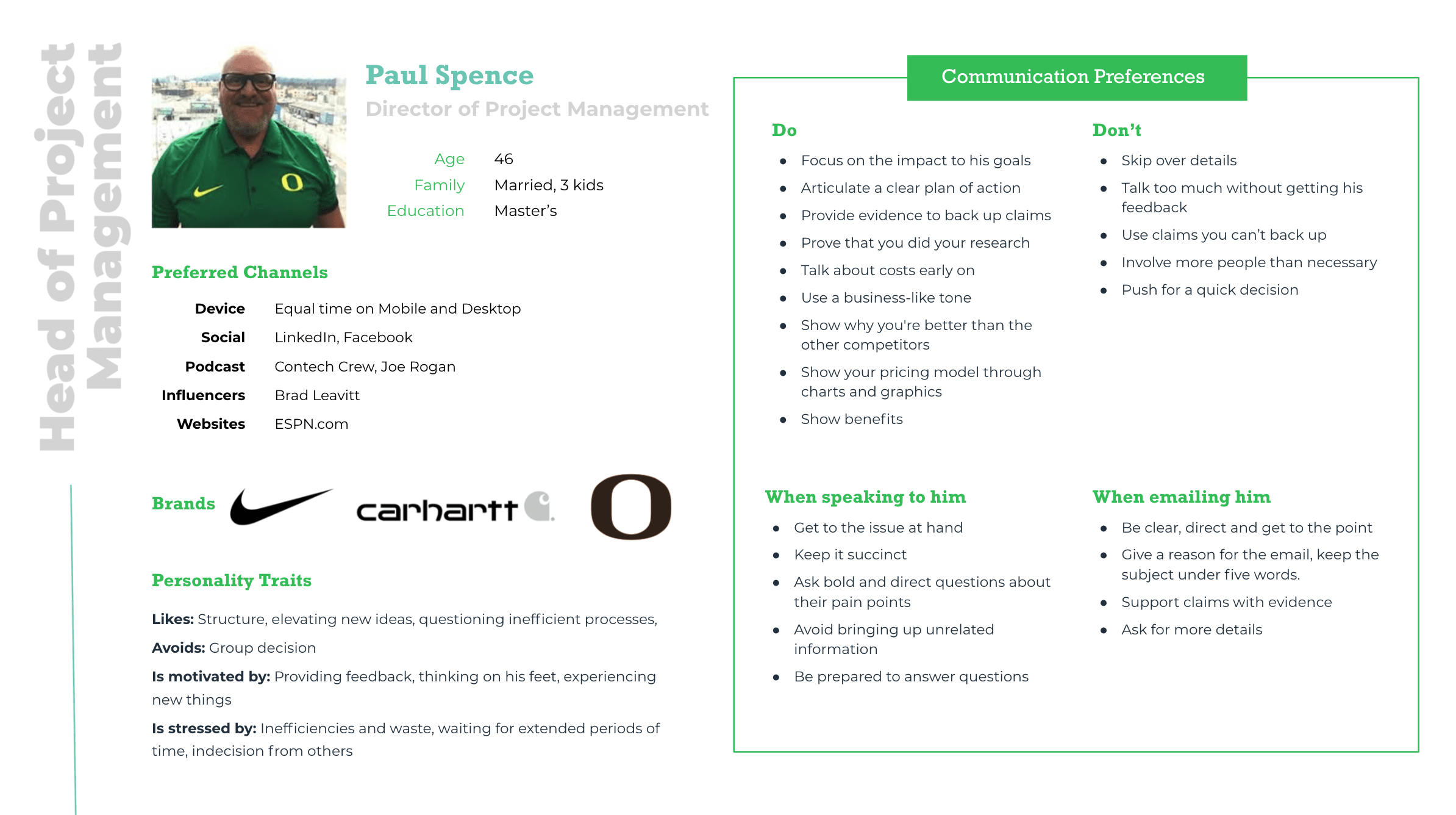Cookies are toast, sort of.
But before you start panicking, we can reassure you: those snickerdoodles you stashed in the back of the cabinet are safe — and so are the first-party cookies your website uses to gather information about user experience.
On the other hand, third-party cookies are getting the boot. Last year, Google announced its plan to phase out third-party cookies from its Chrome browser by 2022. This move, which comes in response to privacy concerns from users, isn’t new — Safari and Firefox both began blocking third-party cookies in 2013 — but the magnitude of Chrome’s user base (it accounts for more than half of all global web traffic) make this a game-changer.
We’re here to fill you in on why it’s happening, what it means for you, and what you can do to ensure sales success in the midst of this pretty major change.

First, a quick cookie recap—what is it?
To understand the death of third-party cookies, it’s important to know what cookies are and how they work. A cookie is a small text file, stored on a user’s computer by their web browser, that identifies their computer and remembers bits of information — whether it’s the t-shirt in someone’s shopping cart, the contact information for a form field, or their browsing history.
First-party cookies are bits of code that get generated and stored on the computers of people who visit your website. The information gathered is most often used to improve user experience by remembering passwords, phone numbers and other helpful information. First-party cookies can also give you a snapshot of how your visitor interacted with your website and how often they’ve visited, but they don’t give you data on that visitors’ behavior beyond your own site.
Third-party cookies, on the other hand, are generated by advertisers whose ads appear on a particular webpage. A visitor doesn’t necessarily need to click on an ad for a cookie to be generated on their computer. Third-party cookies allow advertisers and analytics companies to track a person’s browsing history as they search for a particular product.
While third-party data has been a helpful tool for marketers due to its easy accessibility, its more insidious nature has risen to privacy concerns from web users, which has in turn led browsers like Safari and Firefox to block them altogether.

Why Google’s move is different ?
In March of this year, Google announced that it wouldn’t be replacing third-party cookies with alternate third-party tools that track individuals, citing evolving privacy standards. It will, however, utilize its FloC technology, which tracks groups instead of individual people — providing useful data without the same set of privacy concerns. The company also plans to focus on first-party relationships with users, and it intends to help its advertising partners do the same.

What this means for marketers — and what you should do?
Privacy will always be a concern, and its impact on what marketers can and cannot do will continue to grow. Google’s elimination of third-party cookies is a milestone in a general shift toward privacy-friendly marketing tactics — making this a great time for brands to get innovative.
“We’re encouraging our clients to focus on first-party, people-based marketing tactics,” says Sara Hanlon, co-founder of Peer. “Collecting emails and user data from content initiatives is a solid, effective way to start targeting people instead of devices.”
We suggest strengthening your people-based marketing strategy by:

1. Improving your first-party data
To gather quality customer data, try getting innovative with your first-party data collection strategies through tactics like a helpful app for customers and prospects, or a content campaign that drives prospects to your website, which brings us to our second tip.

2. Investing in content
When it’s done thoughtfully and strategically, with attention paid to SEO, a content marketing campaign will draw prospects to your site and encourage them to engage with your content, helping to ensure quality first-party data collection.
![7 Surefire Ways to Capture Email Leads in 2019 [+ Tools]-14](https://5016172.fs1.hubspotusercontent-na1.net/hubfs/5016172/7%20Surefire%20Ways%20to%20Capture%20Email%20Leads%20in%202019%20%5B+%20Tools%5D-14.png)
3. Collecting emails wherever you can
Incorporate new touchpoints into your sales and marketing processes that prompt visitors to provide their email address. Ideas include newsletter registration, points programs, and other gated content.

4. Syncing leads in your CRM
Improve the quality of your data and enhance targeting and sales potential by syncing your CRM leads.

5. Using contextual targeting
Without third-party cookies, contextual advertising — displaying ads on pages with content relevant to a particular audience — will have renewed importance. Use your buyer personas to zero in on the right kind of content. Need to create personas? We can help – see Key Takeaway #1 in this blog post about lead magnets in content marketing.

6. Giving YouTube a try
YouTube viewers are abundant, engaged, and interested in the content they’re viewing. Use YouTube ads to reach higher-quality prospects and gather useful first-party data.
If you’re ready to revisit your strategy, don’t go it alone. The team at Peer is ready to help you elevate your digital and content marketing. Contact us today.



